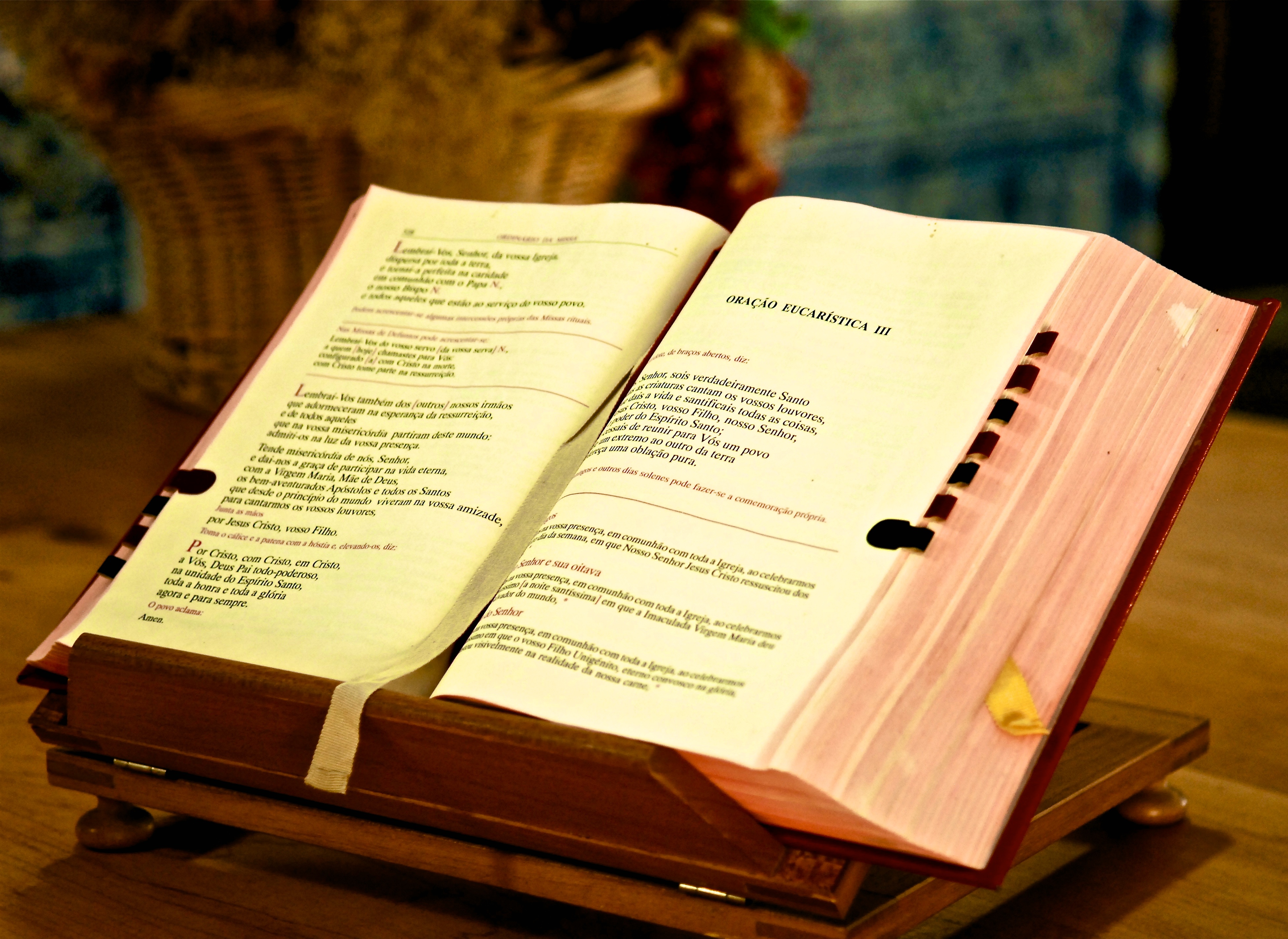As always, you can find all of the posts in this series here.
Who lives here?
So far in this series, I’ve covered the moral universe and technology. Now I think it’s time to start discussing PC races, because that will inform a lot of the rest of the setting. I tend to like settings that only have a very small number of playable races or I like a panoply of them, and this setting will fall squarely into the latter category.
Before I get too deeply into the specifics, though, I need to back up a bit. At this stage in the process, I have three main types of area in mind for the setting.These are working names, but they’re good enough for now.
- Grim Cities are places where evil has taken hold and people are ground down and oppressed by sinister forces. They’re also likely to be the most technological area overall. In addition, this is where you’ll find a lot of creatures with the types of undead, aberration, fiend, and monstrosity. Grim Cities tend to have a theme based on the Grim Lord(s) that rule them. For example, Alchova, the Great Hive has an insect theme – the ruling forces use creatures with an insectoid theme as enforcers and overseers, massive, multi-story hives can be found on the sides of buildings, and so on.
- The Counties are where things are generally pretty good. Shamelessly based on Pelican Town and its surrounding environs from Stardew Valley, you have civilization and technology here too, but there’s also a lot of green space and people are generally happy. There’s not a lot in the way of monsters to be found in this area, with two exceptions: intelligent, benign monsters may be around – for example, you may have a pack of blink dogs that hangs out on the outskirts of town – and you may also find domesticated unintelligent monsters kept as pets or exotic working animals (including mounts).
- The Wilds are untamed areas where civilization has not taken hold. This is where a lot of creatures with the types of beast, elemental, fey, giant, and plant can be found. This is also where a lot of Druids and Barbarians come from. There are brighter and darker areas out in The Wilds, but not much in the way of industry or tech.
First Pass of Changes
The logical place to start is with the Player’s Handbook, since those races are the ones everyone is most familiar with.
Dwarves fit the feeling of the setting perfectly, particularly The Counties. Dwarves tend to be good-hearted, civilized, and are craftsmen without peer. I see no reason at all to re-skin any of that. One of the things I did in a previous game that had great success was to put a human settlement on top of a dwarven one; there was a subway-like area connecting the two communities that was full of shops and shared spaces. I will probably do that again. I’m planning to use both Hill Dwarves and Mountain Dwarves.
Elves are also a good fit. The ties to the fey and the extensive history of them
as a fantasy race makes them feel essential to me. I’m probably not going to use
the drow subrace, but I will be using some spider elements – however, I’ll be
inverting them from how they are normally used.  Spiders, while creepy to a lot of people, are
undeniably beneficial. They eat all sorts of problematic insects and generally keep to
themselves unless provoked. In climates where biting insects such as mosquitoes carry diseases
like West Nile and Malaria, they can be very helpful indeed. Being willing to protect innocent
people even if you’re feared by them seemed both very spidery and very elven to me. High
Elves will probably be found closer to The Counties and Wood Elves will stick mostly to The Wilds.
Spiders, while creepy to a lot of people, are
undeniably beneficial. They eat all sorts of problematic insects and generally keep to
themselves unless provoked. In climates where biting insects such as mosquitoes carry diseases
like West Nile and Malaria, they can be very helpful indeed. Being willing to protect innocent
people even if you’re feared by them seemed both very spidery and very elven to me. High
Elves will probably be found closer to The Counties and Wood Elves will stick mostly to The Wilds.
Halflings are going to be cut from the setting. Despite the fact that one of my favorite NPCs in Grant’s campaign is a fiery Spanish-inspired halfling Bard, they just feel too directly tied to the works of Tolkien to me. I could see a case to be made for them being a good fit for The Counties, but I’m just not feeling it.
Humans are, probably unsurprisingly, staying in. They’re also going to be the most numerous and widespread. Humans make for fantastic “setting glue” and they don’t come pre-coded with any real assumptions as to their culture or personality like a lot of other fantasy races do.
Dragonborn kind of annoy me, truth be told. They’ve always felt like the sort of race that a twelve-year-old boy who was obsessed with Power Rangers would design. Still, I have to admit, however grudgingly, that a big, scaly, powerfully-muscled humanoid with massive fangs and a breath weapon is about as Metal as you can reasonably expect a playable D&D race to be. And so I’ve decided to put my own negative bias aside and leave them in the game, especially given the themed nature of the Grim Cities. If I wind up making a dragon-themed Grim City, it seems only fitting that some of the enforcers in that city would be Dragonborn.
Gnomes are another one of the races I’ve been going back and forth on for a while, but I’ve ultimately decided to leave them in. The two different subraces make for interesting ties to The Counties and The Wilds, and I like to have the occasional “Q” (from James Bond) style NPC that provides PCs with gadgets and unusual magic items, and gnomes are phenomenal for that role.
Half-Elves are a natural consequence of a setting with inter-fertile humans and elves, and this is one such setting. They’re in, and that’s that.
Half-Orcs are a natural consequence of a setting with inter-fertile humans and orcs, but in this case, a bit more needs to be said. Orcs in this setting are going to be tied more strongly to The Wilds than The Grim Cities – I am definitely going more for the model seen in Warcraft or Bright than straight-up Tolkien. They’re a big, powerful, savage-looking bunch with as much capacity to be good or bad as humans and no more. That does two things: first, it allows for even more playable options and second it gets the problematic rapey backstory a lot of settings assume for half-orcs off the table, which is important to me. There’s no chance of cutting them, though – orcs are super metal. In terms of appearance, I’m stealing shamelessly from Bright. I like the mottled skin and prominent tusks on what are mostly human-looking frames and heads more than the exaggerated lantern jaws you often see.
Tieflings are also exceedingly metal, and they fit well with the themes of corruption that I discussed in part four of this series. I’m vacillating on whether to make them a byproduct of some ugliness from some early Grim Cities where fiendish blood got into human bloodlines or make them a result of the transformative corruption I described in part four. Or both. I’m leaning toward both.
So Who Lives Over There?
Future posts in this series will deal with races from supplemental products, both official and third-party. I assure you, I’ll make up for the choices lost by cutting Halflings (and Drow) many times over before I’m done with this series.
As always, I love hearing the thoughts of those who read this series or anything else I write on this blog. I’ve already implemented ideas and constructive criticism into this project and I’m not likely to stop any time soon.
Playlist:
Stand Up by All That Remains – the
video is quite a bit more Grim City than the lyrics, which call to mind a group of diverse people
standing together against a threat. The somewhat jingoistic tone and death imagery definitely put
a cautionary note on it, though.
In the Middle of the Night by Within Temptation – specifically this GMV treatment of it. It depicts a wide variety of heroes (and anti-heroes) standing up against evil and fighting it back.
Frontline by Pillar – specifically about living the Christian life in a very Ephesians 6:10-17 context. Pillar is a Christian band and there are some very specific turns of phrase in the song that no doubt at all what they’re talking about.




